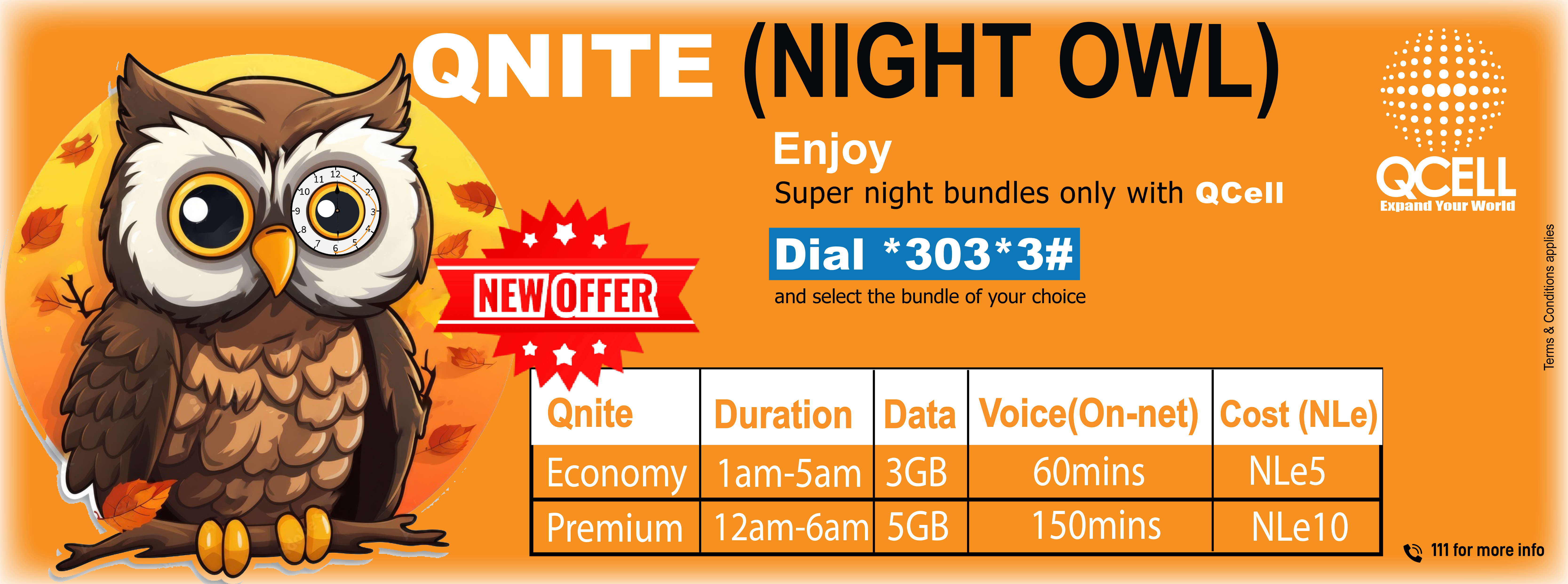By Hassan Osman Kargbo
Sierra Leone, a country blessed with abundant natural resources, is fast emerging as one of the world’s most promising tourism destinations. After overcoming a troubled past marked by civil unrest and health crises, the nation is now capturing global attention for its pristine beaches, rich cultural heritage, and vibrant ecotourism offerings.
In recent years, significant reforms and strategic investments under the leadership of the Bio administration have transformed Sierra Leone’s tourism landscape. These efforts have led to an increase in both local and international tourist arrivals, boosting the country’s hospitality sector and generating critical revenue streams for national development.
The tourism sector has benefited immensely from a series of policies aimed at improving infrastructure, enhancing service delivery, and ensuring safety and accessibility across tourist destinations. These reforms have created a more welcoming environment for visitors, encouraging them to spend more time and money exploring Sierra Leone’s scenic beauty and cultural richness.
From white sandy beaches along the Freetown Peninsula to lush rainforests teeming with wildlife, the country offers a diverse array of attractions for nature lovers and adventure seekers. Ecotourism has become a cornerstone of Sierra Leone’s tourism strategy, with initiatives focused on wildlife conservation, sustainable travel, and community engagement. Protected areas such as the Outamba-Kilimi National Park and the Tacugama Chimpanzee Sanctuary have seen increased foot traffic from tourists seeking authentic, eco-friendly experiences.
Leadership transitions within the Ministry of Tourism have also played a crucial role in sustaining momentum. Under the stewardship of former minister Madam Memunatu Pratt, the country made notable progress in positioning itself as a regional tourism hub. Her tenure was marked by aggressive marketing campaigns, improved international partnerships, and the hosting of major tourism expos that showcased Sierra Leone’s untapped potential.
The baton has since been passed to Mrs Nabeela Tunis, whose leadership continues to build on this foundation. Her approach has emphasized innovation, collaboration, and inclusivity—ensuring that tourism growth benefits not only urban centres but also rural communities. By promoting local culture, arts, and cuisine, the ministry is helping create a unique identity for Sierra Leone on the global tourism map.
The ripple effects of these reforms are being felt beyond the borders of the country. International partners, including development agencies and private investors, are now taking greater interest in Sierra Leone’s tourism sector. Many see it as a viable avenue for sustainable development and job creation, particularly for youth and women in underserved communities.
Public-private partnerships have been crucial in this transformation. New hotels, resorts, and eco-lodges have sprung up across the country, offering modern amenities while preserving the environment and supporting local economies. Training programs for hospitality workers have improved service standards, making tourist experiences more enjoyable and professional.
With tourism now recognized as a key pillar in Sierra Leone’s economic diversification efforts, the future looks bright. Continued investment, coupled with visionary leadership and community involvement, is positioning the country as a top-tier destination for travellers seeking authenticity, adventure, and a deeper connection with nature.
As Sierra Leone continues to rise on the global tourism radar, it stands as a testament to what’s possible when natural beauty meets strategic governance and people-centred development.












